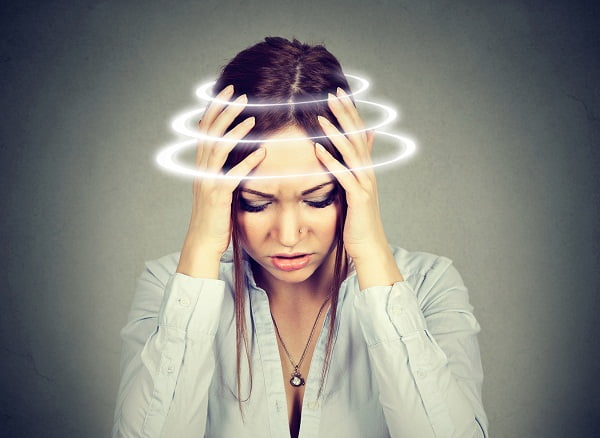Living With Chronic Migraine
- Updated on: Jun 26, 2024
- 3 min Read
- Published on Apr 19, 2021


Living with chronic migraines can be difficult. More than 30% of people with migraine experience moderate to severe disability. The headache and other migraine symptoms make it difficult for people to perform their activities normally. Migraines are a leading cause of disability. It is surprising that even with this; almost half of people with migraines do not meet a doctor.
Read here in this article about living with this chronic and difficult condition:
Know Your Triggers
Finding and knowing the triggers that give you headaches and learning about how to avoid them is the first thing you need to consider to live a balanced, pain-free life. Each person may have different triggers and symptoms and it is important to be aware of them and know which trigger causes which types of symptoms.
Seek Help
Most people are not under the care of a doctor. The most important thing about living with the disease is to find a good doctor who believes in and understands you. Seeking help from professionals like Southeast Regional Pain Center enables you to receive comprehensive care that expedites your recovery, enhances your overall well-being, and reduces the likelihood of future migraine occurrences. If your migraine necessitates expert attention, do not hesitate to visit a doctor who can assist you in recovering quickly.
Managing migraines can be quite challenging (keep a diary)
Yes! It is quite difficult to manage migraines. Always maintain and keep a diary with you. Record all the details of your migraine attack. This diary will help your doctor make a correct diagnosis about the condition. It will help identify the triggers and the symptoms each trigger may manifest into. It will eventually help your doctor plan preventive care and treatment.
You can record information of the following types in this diary:
- How often pain episodes occur
- What is the location of pain
- What is the nature of the pain
- What triggers the pain
- What were the symptoms of the attack
- What treatment was taken
- How long did the treatment take to bring you back to normal
- How long the attacks last
- Medications you took for the condition
- How much sleep you had
- If you are a woman, record the details of your menses
- Record details about your activities
You can note down any relevant information priori to an attack if you manage such a diary regularly. The information about 6 hours before the attack is particularly important for the doctor.
Exercise
Regular physical activity helps improve overall health and reduce the risk of developing many types of diseases such as high blood pressure (hypertension), diabetes, anxiety, depression, and getting overweight.
Other benefits of exercise are reducing the stress, reducing cholesterol levels, improving the quality of sleep, and a general feeling of being well.
Scientists are finding evidences that indicate that moderate exercise can reduce the frequency and severity of migraine attacks in some people. In fact, they found that a regular moderate exercise can help in preventing migraine attacks.
Exercise stimulates the body and enables release of natural pain relieving chemicals called endorphins and natural anti-depressant chemicals called enkephalins from your body.
Some people may feel that exercise has triggered an attack. You should consult your doctor in such a case. He or she will guide you about it. One reason or this could be doing the exercise suddenly without any planning, which means that your body has a sudden demand for oxygen and a lack of the supply accordingly may trigger an episode of migraine.











